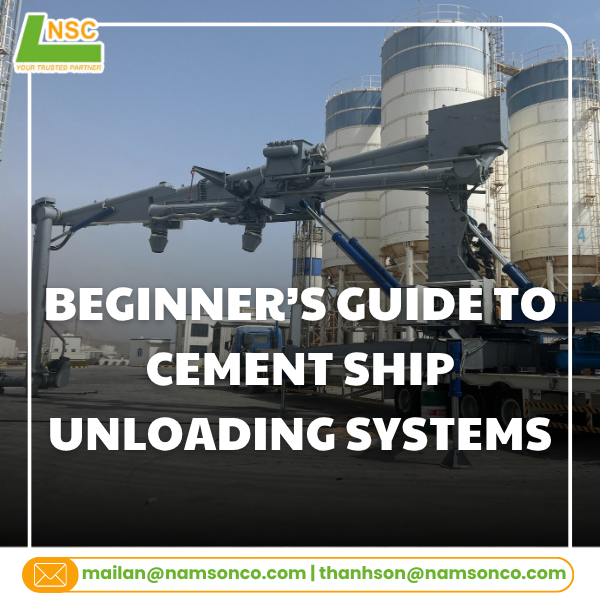As the cement industry faces increasing demands for higher efficiency, automation, and environmental compliance, the
cement pneumatic conveyor has become a standard solution in modern cement plants.
Unlike traditional mechanical systems such as screw conveyors or bucket elevators, pneumatic conveying systems use air pressure or vacuum to move cement powder quickly, cleanly, and flexibly across various areas of the plant. In this article, we’ll explore the
top 5 most critical applications of cement pneumatic conveyors and how they help modern plants improve logistics, reduce dust emissions, and streamline operations.
What is a cement pneumatic conveyor?
A
cement pneumatic conveyor is a closed system designed to transport dry cement powder and similar bulk materials through pipelines using controlled airflow. Unlike mechanical conveyors, pneumatic systems use air pressure or vacuum to move materials efficiently, minimizing dust emissions and material loss. They are widely used in modern cement plants for tasks like silo feeding, inter-process transfers, and unloading bulk tankers, offering a clean, reliable, and low-maintenance solution for bulk cement handling.
Top 5 applications of cement pneumatic conveyors
1. Feeding cement silos accurately and cleanly
Silo feeding is a foundational task in cement operations, and pneumatic conveyors excel in this area. Whether the plant is receiving cement from ships, tankers, or intermediate silos,
positive pressure conveying systems can move material directly into storage silos with precision and minimal dust.
With the support of components
such as air slide conveyorsand rotary valves, plants can ensure a smooth, uninterrupted flow of dry cement while maintaining a sealed pipeline. This prevents moisture contamination, segregation, and material buildup.
Especially in bulk powder pneumatic conveying, where materials travel long distances via
cement pipeline transport,
pneumatic systems deliver a clear advantage in both performance and cleanliness.
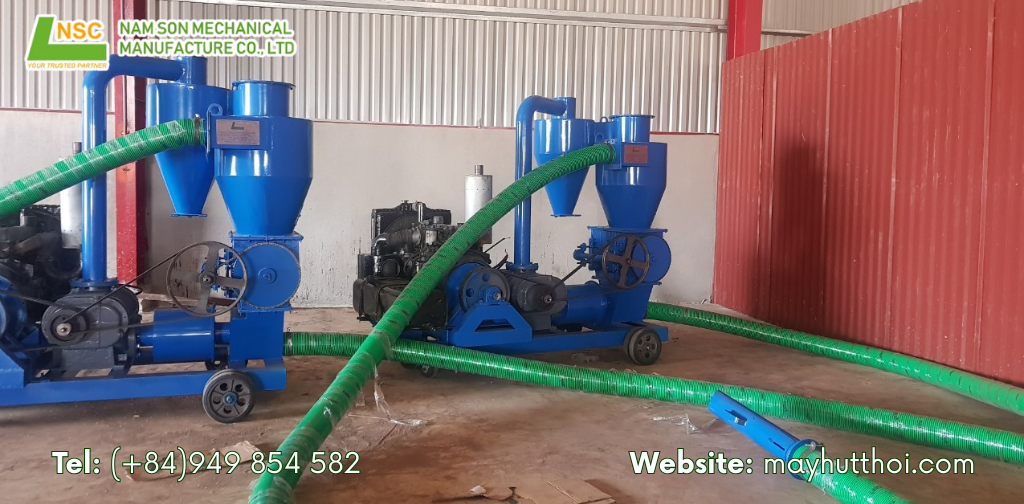
2. Unloading cement from bulk tankers quickly and safely
For facilities that receive cement via road transport, pneumatic systems significantly enhance the unloading process. A
modern pneumatic cement unloader can extract dry cement from a tanker using either vacuum or pressure and deliver it directly into silos, eliminating the need for manual intervention.
Systems such as
vacuum loaders maintain a
dust-free cement transfer, protecting both workers and the environment. This process also preserves material quality by preventing exposure to humidity and contaminants.
The ability to unload directly from bulk tankers and integrate seamlessly into
dry bulk cement transport operations is why more facilities are adopting pneumatic unloading as a standard.
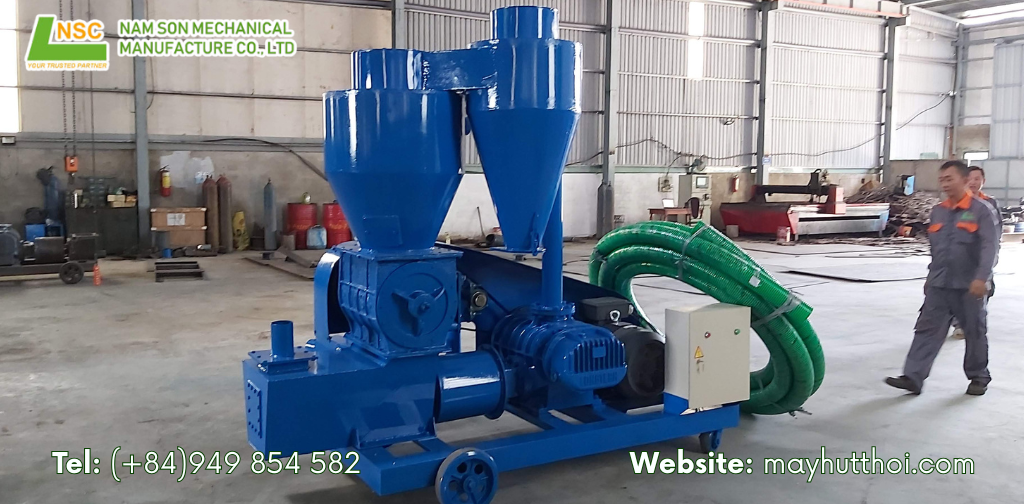
3. Delivering cement to bagging lines with precision
Transferring cement from silos to the
bagging line requires a high level of accuracy and dust control. Pneumatic conveyors enable plants to deliver material to packaging machines in a smooth, metered flow, minimizing waste and ensuring packaging consistency.
A
rotary valve for pneumatic conveyor allows tight control over flow rates, which is critical for maintaining the speed and efficiency of automated bagging lines. Additionally,
low-maintenance conveyor design and sealed transfer reduce operational downtime and improve plant hygiene.
This application is essential for operations where cleanliness, efficiency, and precision are non-negotiable.
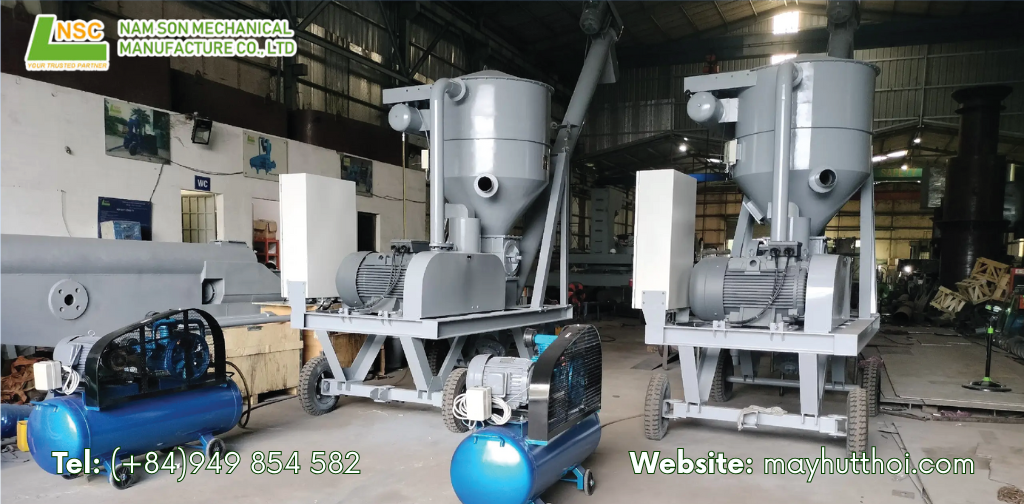
4. Inter-process conveying: Flexibility inside the plant
Throughout the cement production process - grinding, blending, storing - materials must be moved reliably between units. Pneumatic systems shine in
inter-process conveying thanks to their flexibility.
Unlike fixed mechanical systems,
modular pneumatic conveying can be rerouted or extended easily, especially during plant upgrades or layout changes. For long distances or abrasive materials, many facilities choose
dense phase conveying. This low-velocity, high-pressure method minimizes wear while preserving material integrity.
Furthermore, pneumatic systems integrate well with
cement process automation, offering centralized control and real-time monitoring for smart plant operations.
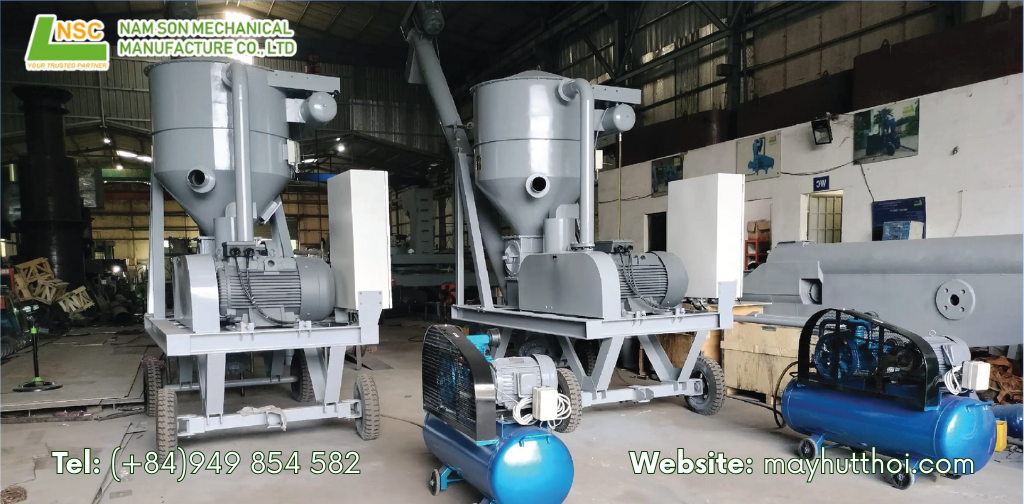
5. Ship unloading at cement terminals - The logistics gateway
For cement plants located near ports,
pneumatic ship unloaders play a vital role in bulk import operations. These systems can extract cement directly from ship holds and transfer it into silos or dispatch trucks without exposing the material to the open environment.
Capable of handling hundreds of tons per hour, they significantly reduce port dwell time and improve turnaround efficiency. Integrated into the broader
cement terminal conveying system, pneumatic unloaders ensure a fast and clean transfer from vessel to storage.
This setup also ties directly into the
cement distribution network, helping plants maintain a consistent supply and streamline downstream logistics.
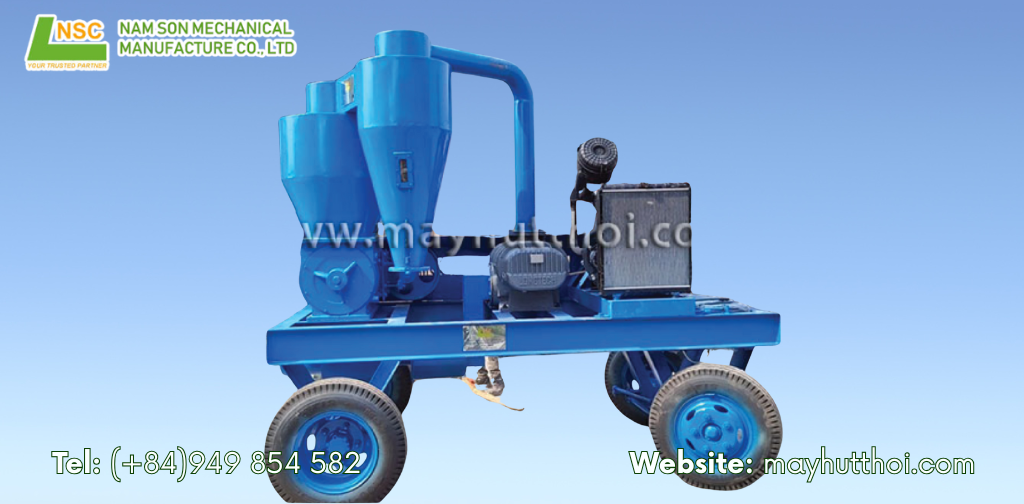
Why are pneumatic conveyors preferred over mechanical systems?
When comparing a
screw conveyor vs pneumatic system, the differences are clear: pneumatic systems are more flexible, enclosed, and easier to maintain.
Modern
energy-efficient pneumatic conveying designs also reduce power consumption using smart blowers and pressure control systems. These features, combined with minimal wear parts and sealed operations, make pneumatic conveyors a smart investment for future-ready plants.
Whether you're building a new facility or upgrading an existing one, the benefits of reduced maintenance, improved cleanliness, and layout flexibility make pneumatic solutions the obvious choice.
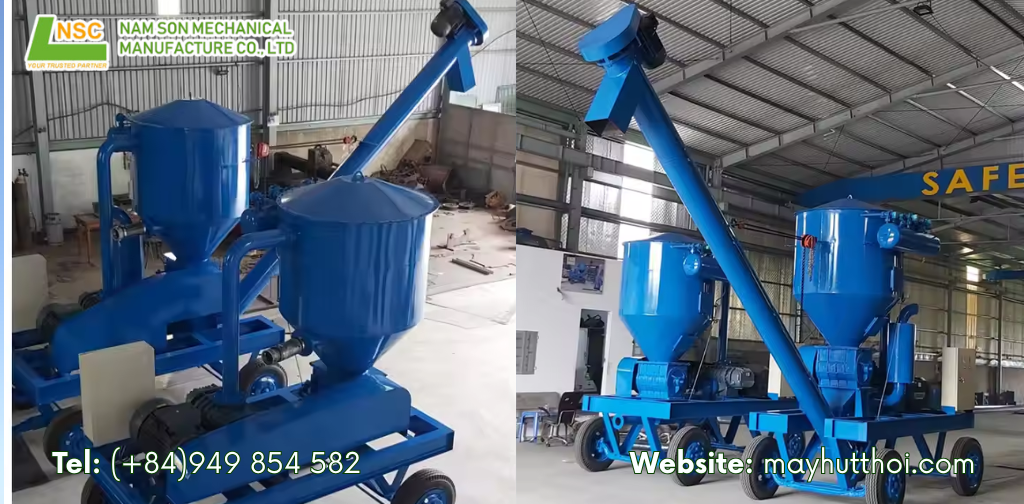
Conclusion: Cement pneumatic conveyors - A strategic investment for modern
From silo feeding and tanker unloading to ship discharge and inter-process transfers,
cement pneumatic conveyors are revolutionizing how modern plants move material. Their speed, cleanliness, and adaptability provide a foundation for sustainable, high-performance cement operations.
As the industry moves toward smarter logistics and lower carbon footprints, investing in
flexible pneumatic conveying systems isn't just about efficiency - it’s about securing your plant’s future.
=>> Learn more: Rice husk Pneumatic vacuum conveyor operated by motorCONTACT US
